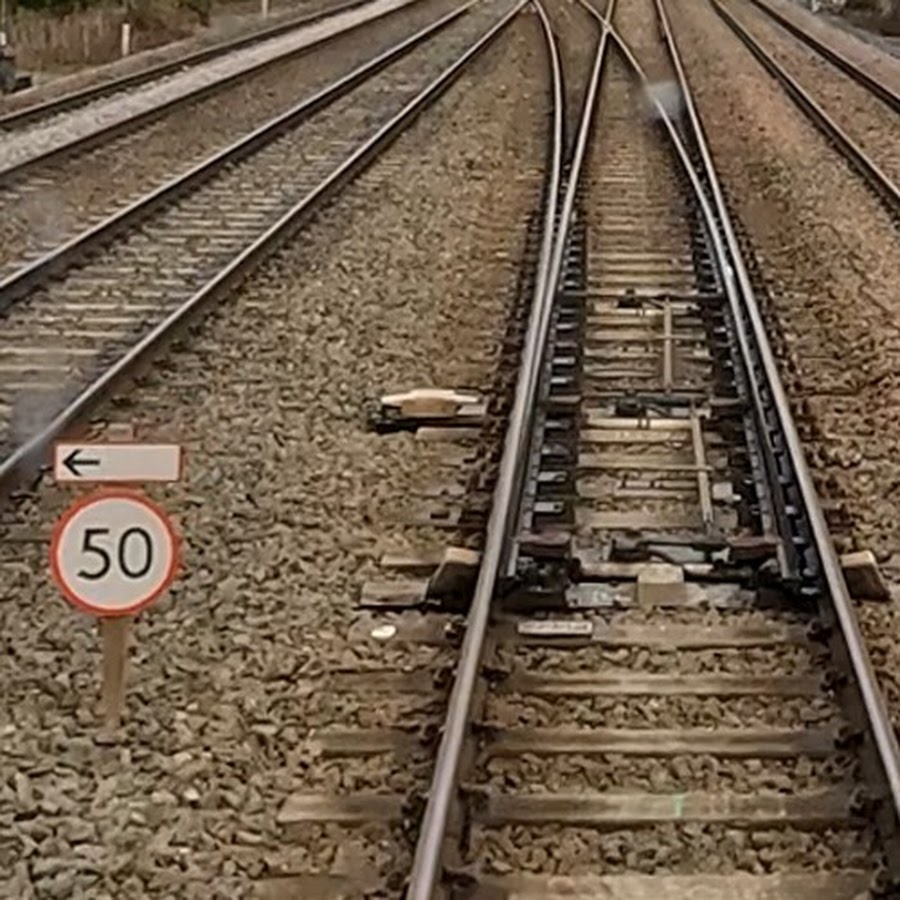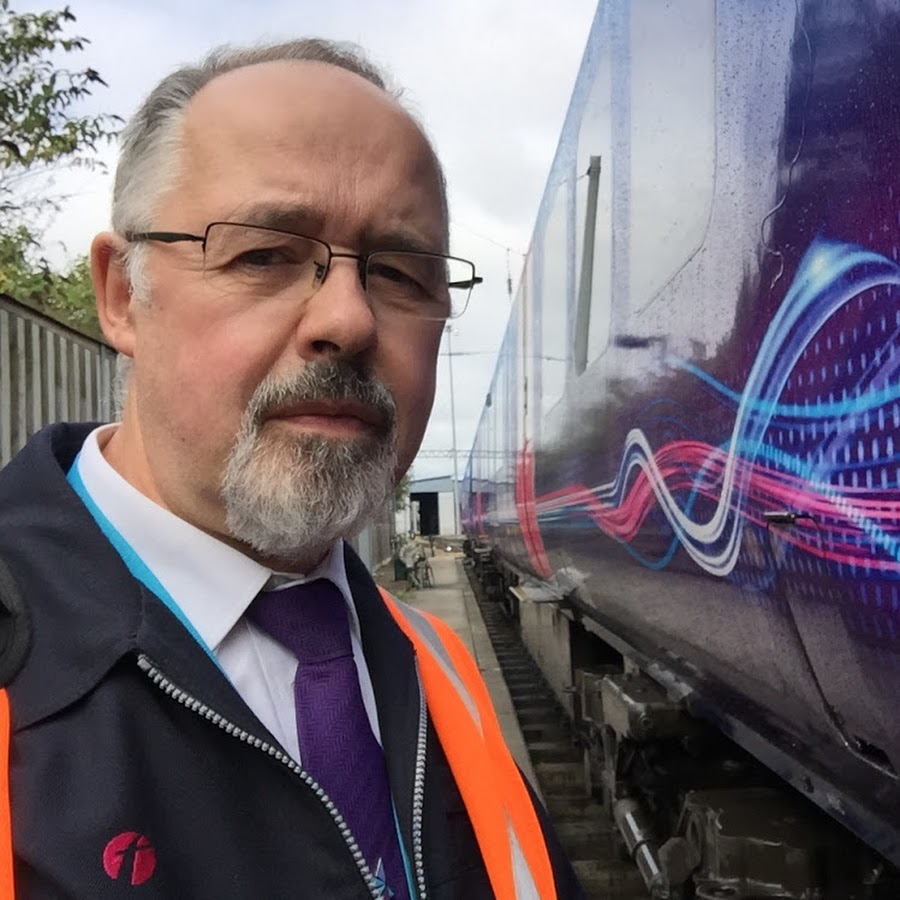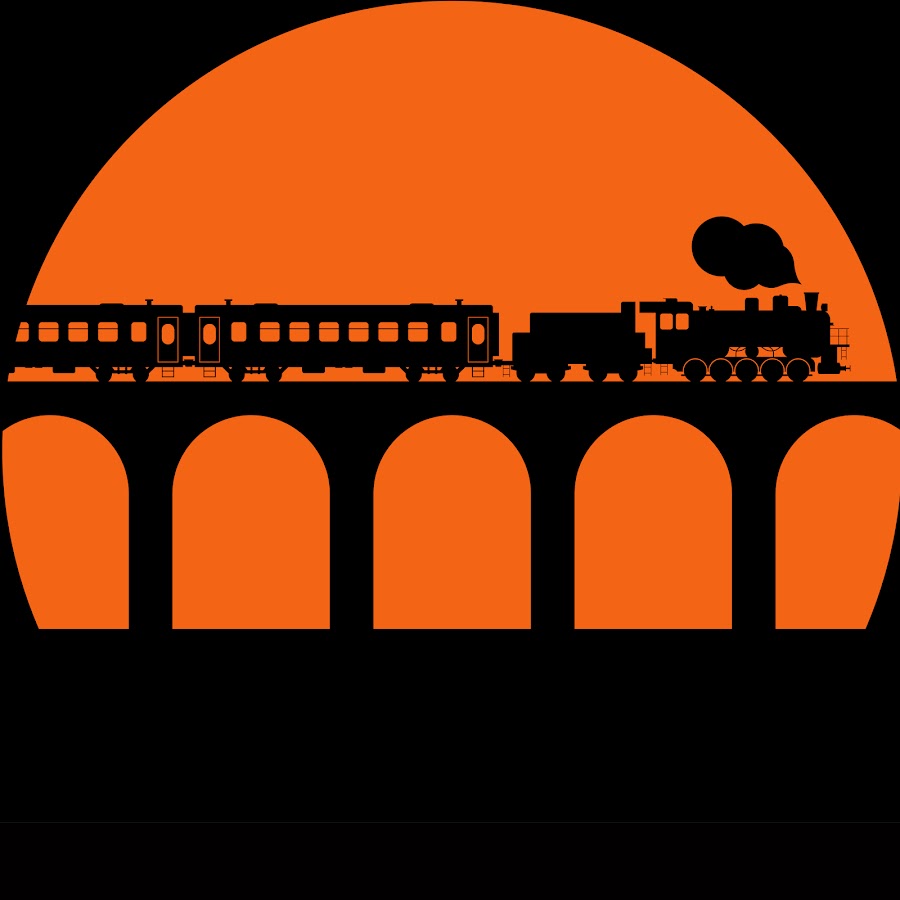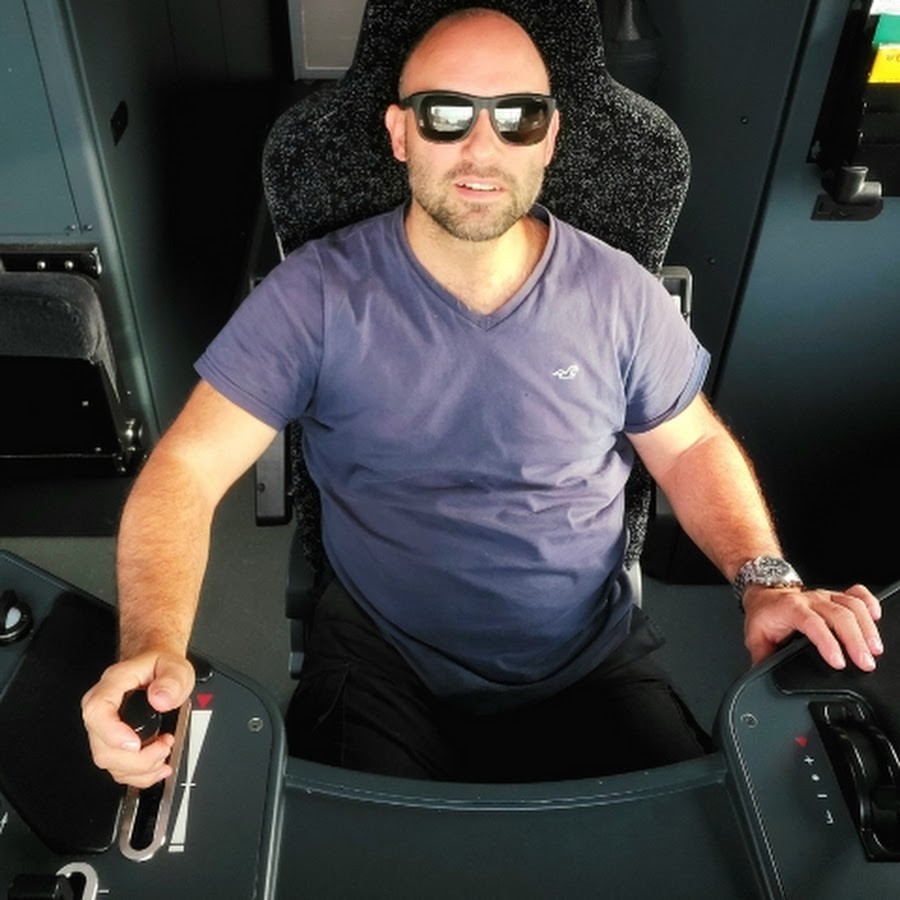Install the app
How to install the app on iOS
Follow along with the video below to see how to install our site as a web app on your home screen.
Note: This feature may not be available in some browsers.
You are using an out of date browser. It may not display this or other websites correctly.
You should upgrade or use an alternative browser.
You should upgrade or use an alternative browser.
Ride-Along Videos
- Thread starter davesnow
- Start date
Nice recording. Ty for sharingMetra Ride-Along video. I wish all the other RR Companies would make videos like this available for us Railfans. Would be nice to ride through my hometown and see other places.
Rico
Yes I saw that. I couldn't read it either.Dave, I was curious about the station at 1:04:00 or so.(Schiller?) Looked like it had some kind of moving readerboard sign at the side of the track, but I couldn't read it.
Rico, nice. It reminds me of where I lived in NE Washington State.
Try this one. It's in Canada.Nice recording. Ty for sharingI'm not a big fan of long, straight, pancake flat runs like this though. Need grades, curves, canyons, river runs.
Rico
For Australian fans, some really good videos can be found here : www.youtube.com/@driver667
I watch a bunch of these with many from all over the world.


and so many, many more.
and so many, many more.
@JCitron , @davesnow, I've got my cousin Michael and his family visiting from Germany this week, so I'll try and watch posted vids as I can. 
My cousin is an Architect, so I'm going to having a great time showing him around PDX and the great examples of older architecture we have here.
Maybe do some Model Railroad stuff, as he's into that as well. His son Jakob is 15, so just the right age so I can get some quality uncle time in.
Rico
My cousin is an Architect, so I'm going to having a great time showing him around PDX and the great examples of older architecture we have here.
Maybe do some Model Railroad stuff, as he's into that as well. His son Jakob is 15, so just the right age so I can get some quality uncle time in.
Rico
Last edited:
Here's some more.

 www.youtube.com
www.youtube.com

These are all really interesting.
Rail Relaxation
Experience the passion of rail travel through this captivating YouTube channel. Discover breath-taking landscapes, immersive train journeys, and the beauty of railways from the train driver's cabin. Indulge in a world of passion and tranquillity as you watch our high-quality 4K 60 fps Cab Ride...
These are all really interesting.
So, while googling up info on our local lightrail system for my Cousin, I came across some interesting videos on the TriMET Max Lightrail line to share.
This 1st one is not a ride along in the sense of being on the train, but it is a ride along in a drone fly-over, around and inside the Ruby Junction MAX facility and yard.
Drone flight is done by a contracted company, flying inside the consists in the yard, inside the huge, very modern car shop and the units under maintenance (and other jobs) inside the shop.
Really well done segment and really fun to watch !

Ruby Junction yard and Car Shop - drone fly-through
Real Time ride-along: MAX Blue line - This run travels from the far east side of PDX (Gresham) through eastside PDX surface streets, then the east rail corridor along the I-84 freeway, (parallels the freight/passenger mainline that runs along the Columbia river into the various huge PDX freight yards and the Historic downtown PDX passenger station), then over the Willamette river, near the old K.S Anderson Wharf, concrete grain silo facility (GrainCORP owned) on the river, through downtown PDX, then through the Robertson Tunnel (two 20' bores, one station within the tunnel at Washington Park (Portland Zoo) which at 259 feet (79 m) deep is the deepest subway station in the United States and the fifth-deepest in the world. The tunnels pass through Basalt layers up to 16 million years old. Due to variations in the rock composition, the tunnel curves mildly side to side and up and down to follow the best rock construction conditions. The tunnels vary from 80 to 300 feet (24–91 m) below the surface.
The line continues along Hwy 26 (westbound Freeway) out of PDX and into SW Portland, Cedar Hills, into the Willamette Valley > Beaverton, Willow Creek, and Orenco and terminates at the west end of Hillsboro, Oregon (Washington county seat) This is the line that I ride most frequently. Usually Hillsboro>Beaverton-Portland downtown, or Hillsboro>Beaverton, transfer to the WES commuter train (standard gauge) and on to Tualatin.
The route presently used by WES consists of two historically separate railroads. The segment between Greton (near Tigard) and Wilsonville was originally built by the Oregon Electric Railway in 1908; at Greton the line continued northeasterly to Portland, a route that was abandoned in the mid-1930s. The Oregon Electric stopped running passenger trains in the late 1930s and soon after switched to diesel locomotives, continuing to run freight trains to Beaverton and Portland to the north, and to Salem, Albany and Eugene to the south.
The Tigard branch from Greton to Beaverton was built by the Beaverton and Willsburg Railroad, an affiliate of Southern Pacific beginning in 1906, and opened to traffic in 1910. This route connected with Southern Pacific's existing west-east West Side branch in Beaverton that provided service to Portland and Hillsboro, and a second route south of Tigard to Cook, which was a junction with the Newberg branch between Lake Oswego and McMinnville. In 1914, the Southern Pacific electrified these lines as part of its Red Electric service in competition with the Oregon Electric Railway; by 1929 the Southern Pacific ended electric service, and passenger service was switched first to steam trains and Doodlebugs, and later buses.
MAX Lightrail map

This 1st one is not a ride along in the sense of being on the train, but it is a ride along in a drone fly-over, around and inside the Ruby Junction MAX facility and yard.
Drone flight is done by a contracted company, flying inside the consists in the yard, inside the huge, very modern car shop and the units under maintenance (and other jobs) inside the shop.
Really well done segment and really fun to watch !
Ruby Junction yard and Car Shop - drone fly-through
Real Time ride-along: MAX Blue line - This run travels from the far east side of PDX (Gresham) through eastside PDX surface streets, then the east rail corridor along the I-84 freeway, (parallels the freight/passenger mainline that runs along the Columbia river into the various huge PDX freight yards and the Historic downtown PDX passenger station), then over the Willamette river, near the old K.S Anderson Wharf, concrete grain silo facility (GrainCORP owned) on the river, through downtown PDX, then through the Robertson Tunnel (two 20' bores, one station within the tunnel at Washington Park (Portland Zoo) which at 259 feet (79 m) deep is the deepest subway station in the United States and the fifth-deepest in the world. The tunnels pass through Basalt layers up to 16 million years old. Due to variations in the rock composition, the tunnel curves mildly side to side and up and down to follow the best rock construction conditions. The tunnels vary from 80 to 300 feet (24–91 m) below the surface.
The line continues along Hwy 26 (westbound Freeway) out of PDX and into SW Portland, Cedar Hills, into the Willamette Valley > Beaverton, Willow Creek, and Orenco and terminates at the west end of Hillsboro, Oregon (Washington county seat) This is the line that I ride most frequently. Usually Hillsboro>Beaverton-Portland downtown, or Hillsboro>Beaverton, transfer to the WES commuter train (standard gauge) and on to Tualatin.
The route presently used by WES consists of two historically separate railroads. The segment between Greton (near Tigard) and Wilsonville was originally built by the Oregon Electric Railway in 1908; at Greton the line continued northeasterly to Portland, a route that was abandoned in the mid-1930s. The Oregon Electric stopped running passenger trains in the late 1930s and soon after switched to diesel locomotives, continuing to run freight trains to Beaverton and Portland to the north, and to Salem, Albany and Eugene to the south.
The Tigard branch from Greton to Beaverton was built by the Beaverton and Willsburg Railroad, an affiliate of Southern Pacific beginning in 1906, and opened to traffic in 1910. This route connected with Southern Pacific's existing west-east West Side branch in Beaverton that provided service to Portland and Hillsboro, and a second route south of Tigard to Cook, which was a junction with the Newberg branch between Lake Oswego and McMinnville. In 1914, the Southern Pacific electrified these lines as part of its Red Electric service in competition with the Oregon Electric Railway; by 1929 the Southern Pacific ended electric service, and passenger service was switched first to steam trains and Doodlebugs, and later buses.
MAX Lightrail map

Portland has a nice new system. Boston's is the oldest electrified metro system in the US and the third in the world. The system also has one of the tightest curves too.
Here's a ride on the Green Line, the light rail portion of the MBTA
There are others for the Red, Orange and Blue Lines and also the old Ashmont to Milton PCC trolley line.
Here's a ride on the Green Line, the light rail portion of the MBTA
There are others for the Red, Orange and Blue Lines and also the old Ashmont to Milton PCC trolley line.
Similar threads
- Replies
- 0
- Views
- 304
